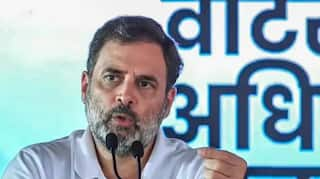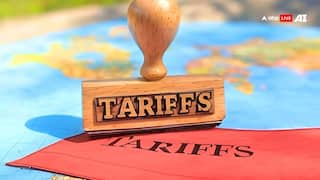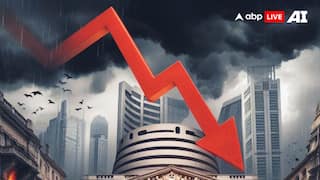Interest Rate Cuts Unlikely In India For FY24-25, Predicts Morgan Stanley; Here's Why
Morgan Stanley: With the anticipation of India's key policy rate remaining steady at 6.5 per cent until the financial year ended March 31, the economists projected real rates to average 200 bps

Analysts at Morgan Stanley asserted on Tuesday that interest rate cuts are unlikely in India for the fiscal year 2024-25, citing changes in the US Federal Reserve's policy trajectory and robust growth within the South Asian nation, as per news agency Reuters. Economists Upasana Chachra and Bani Gambhir outlined, "We believe that improving productivity growth, rising investment rate, and inflation tracking above the target of 4 per cent, alongside a higher terminal Fed funds rate, warrant higher real rates."
With the anticipation of India's key policy rate remaining steady at 6.5 per cent until the financial year ended March 31, the economists projected real rates to average 200 basis points (bps).
The RBI's Monetary Policy Committee (MPC) maintained the key repo rate unaltered for the seventh consecutive meeting earlier this month, following a cumulative increase of 250 basis points between May 2022 and February 2023. The central bank's objective is to ensure inflation consistently aligns with its 4 per cent target.
ALSO READ | RBI Imposes Curbs On Sarvodaya Co-Operative Bank, Check Full Details Here
Morgan Stanley pointed out India's strong growth trajectory propelled by capital expenditure and productivity, indicating that interest rates could remain elevated for an extended period. The investment bank anticipated a sustained acceleration in capital expenditure, fostering a "virtuous cycle of growth."
Regarding the Federal Reserve, Morgan Stanley predicted a delayed initiation of the easing cycle, with the first rate cut anticipated in July. They forecast a total of 75 bps of US rate reductions in 2024 and a more subdued cycle in the subsequent year.
Expressing caution, Morgan Stanley noted that a higher "terminal" Fed funds rate exposes the Indian economy to external risks, as dollar strength might exert pressure on the rupee and escalate the threat of imported inflation. Hence, they advocated for a prudent monetary stance.
ALSO READ | Govt Raises Windfall Tax On Petroleum Crude; Second Hike In A Month. Check The Rates
Top Headlines







































